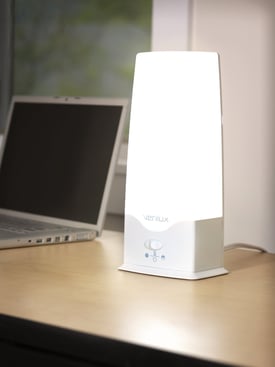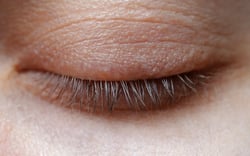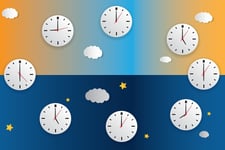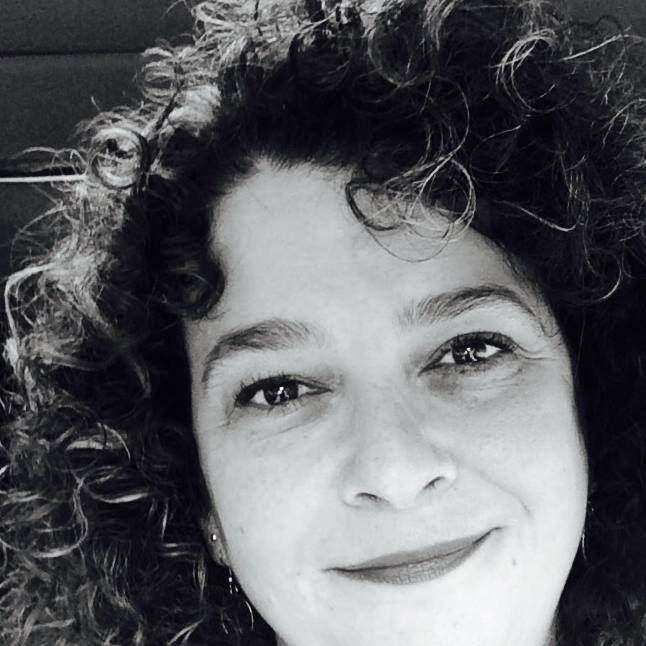 Seasonal Affective Disorder (SAD) is a common problem for many who live in more northern
Seasonal Affective Disorder (SAD) is a common problem for many who live in more northern
latitudes.
Those who struggle with this combination mood-and-sleep disorder do not have to suffer unnecessarily.
There are a wide range of options for treating SAD.
Most center on a useful, nonpharmacological treatment: Phototherapy.
What is phototherapy?
 Phototherapy is a treatment in which light exposure is used to treat a physical or mental illness.
Phototherapy is a treatment in which light exposure is used to treat a physical or mental illness.
In the winter, it is most often used to treat seasonal affective disorder (SAD), but it can also be used to reset rhythms at any time of year when a person suffers from disorders of the circadian rhythms, such as:
-
Non-24 Sleep-Wake Disorder
-
Delayed Sleep Phase Syndrome
-
Advanced Sleep Phase Syndrome
-
Shift Work Disorder
-
Jet Lag Disorder
-
Irregular Sleep-Wake Disorder
Phototherapy is also useful for treating insomnia through a schedule of sleep restriction coupled with light exposure when insomnia appears to be caused by circadian shifts.
Is phototherapy safe?
Yes and no.
Yes
For most people, this form of treatment is safe to use and may result in a handful of minor side effects, such as:
-
Headache
-
Irritability
-
Eye strain
-
Nausea
After a few days of therapeutic application, these side effects should subside.
No
However, if you have bipolar disorder, it is critical that you do not use phototherapy, as the exposure can absolutely trigger manic episodes. If you have been diagnosed with bipolar disorder and are concerned you might also have SAD, you are best advised to speak with your medical practitioners about your best solutions for overcoming SAD.
Other health problems that contraindicate the use of phototherapy include glaucoma, cataracts, or eye damage related to diabetes.
Let there be light!
The market has produced some promising devices for use in applying phototherapy, either as products that are used to illuminate a space or as wearables one can wear as they move about their morning.
Phototherapy devices are most effective when they provide light exposure that measures between 2,500 and 10,000 lux; such devices should emit little to no damaging ultraviolet light as well.
Light boxes and lamps 
These are easy to put to use. For morning users, turn them on and sit between 16 and 24 inches away from them for at least 20 minutes. You should not look directly at the light to avoid eye damage; just simply let the light wash over your face and eyes.
How they work: Photoreceptors in the eyes will signal to the brain that “day has started,” which halts the brain’s production of melatonin and encourages the production of cortisol, a hormone important for waking up.
Light boxes and lamps come in a range of sizes to meet a range of needs.
Large Scale
You can select larger devices which provide enough range of light to illuminate an entire space. This is an option that shift workers should consider if they are working overnight in somewhat restricted light conditions, such as a lack of windows to let in natural daylight.
These larger devices may come with a stand or are designed to rest on a desktop to beam light into the space. They are typically portable and built to be made compact for storage.
Personal Scale
Most light boxes come in a smaller scale to be used by individuals for a short period in the morning, either at bedside or on a desk. For people who travel frequently and suffer from both SAD and jet lag, a smaller travel version can be a very useful item to pack.
Dawn simulation devices
We know that light exposure and its perception by the optic nerve is the most powerful way to alert the brain to the rising or setting of the sun.
Dusk and dawn are critical times when our brain needs to make important circadian shifts in order to keep the whole body’s rhythms intact.
Aside from instant beams of light that light boxes or lamps can provide easily “on demand,” the advent of a new device, called a dawn simulator, uses timing and the gradual increase of light to mimic a 30- to 45-minute “sunrise.”
These are usually kept at bedside, where the tiny shift from dark to light assists the brain with its hormonal shifts at this time of day. Some of these devices include alarm clocks or offer a separate companion light box to use after getting out of bed.
 How can this form of phototherapy work if your eyes are closed? A small amount of light can still be perceived by the eye through the lid; this information is received by the retina, which tells the brain that ambient light is shifting toward daytime.
How can this form of phototherapy work if your eyes are closed? A small amount of light can still be perceived by the eye through the lid; this information is received by the retina, which tells the brain that ambient light is shifting toward daytime.
This dawn simulation experience can be a powerful defense for those who live where mornings are extremely dark, making it difficult to awaken.
Phototherapy headgear
If you would rather be up and about in the morning, you don’t have to force yourself to sit for a half hour every morning. You can wear phototherapy headgear that allows you to move around as you get your treatment.
Would you rather be making coffee, getting dressed, walking the treadmill, or eating breakfast? Put on one of these hat-like devices (they usually look like visors, baseball hats, or headlamps with lights pointed toward the eyes) and get your day off to a productive start.
Phototherapy goggles
Light therapy eyewear offers a lighter option to the the light therapy headgear and allows you to move around in the morning without sitting still in front of a lamp. These typically resemble safety goggles that shine blue and green spectrum light to help signal your brain to stop producing melatonin.
Phototherapy headsets
Believe it or not, the ear canal can also transmit bright light to the part of the brain that controls melatonin production. Most recently, earbuds used to illuminate the ear canal have become available for use in treating SAD or jet lag, as a result.
Will phototherapy work for you?
 Many people find that the application of phototherapy via one of these devices is enough to help alleviate the mood disorders that are a symptom of their SAD.
Many people find that the application of phototherapy via one of these devices is enough to help alleviate the mood disorders that are a symptom of their SAD.
Others may need to be more aggressive by using medications or cognitive behavioral therapy to keep the “winter blues” away, if phototherapy alone does not seem to help.
Patients are best advised to consult with their prescribing physician if they feel daily light exposure is not giving them proper relief.


